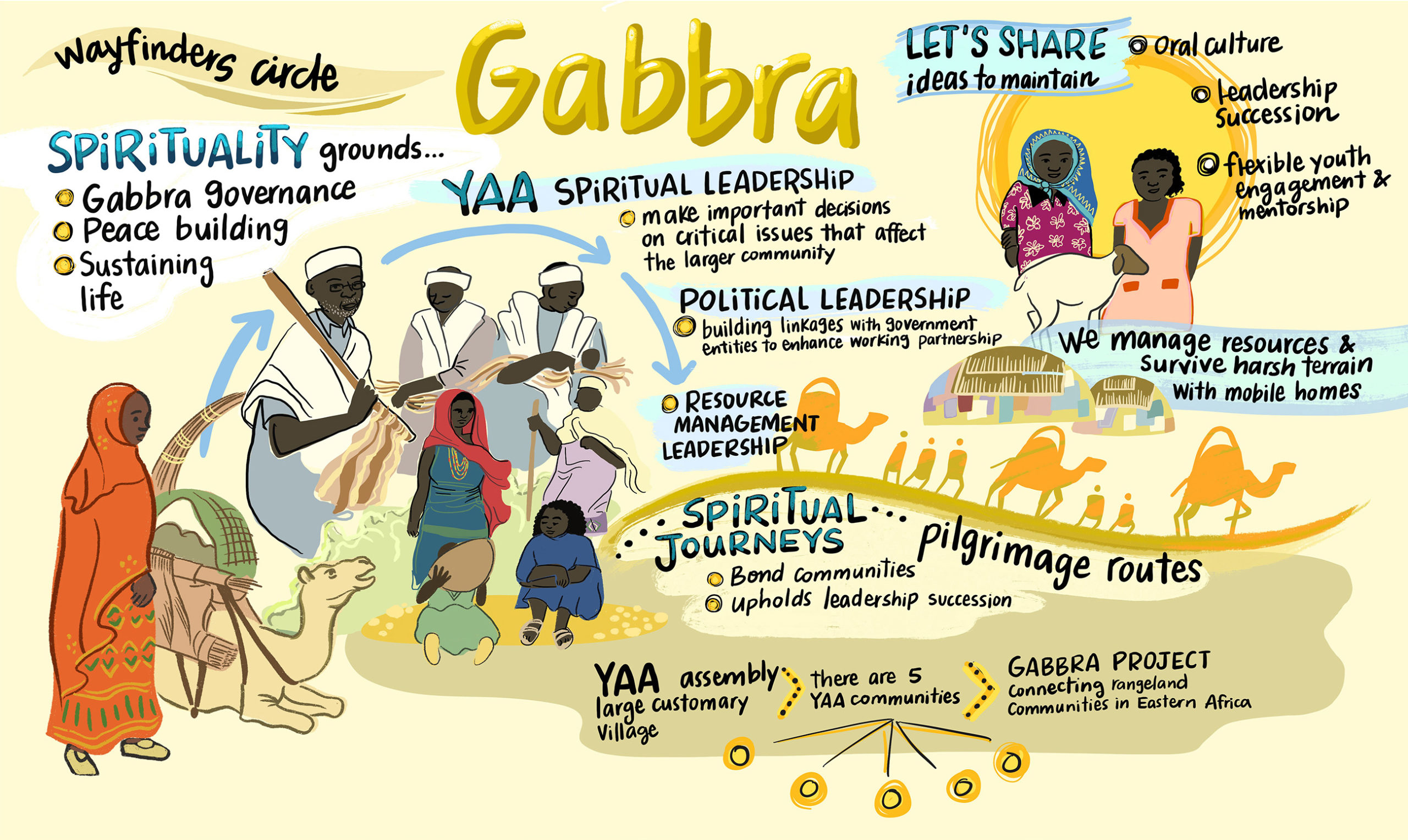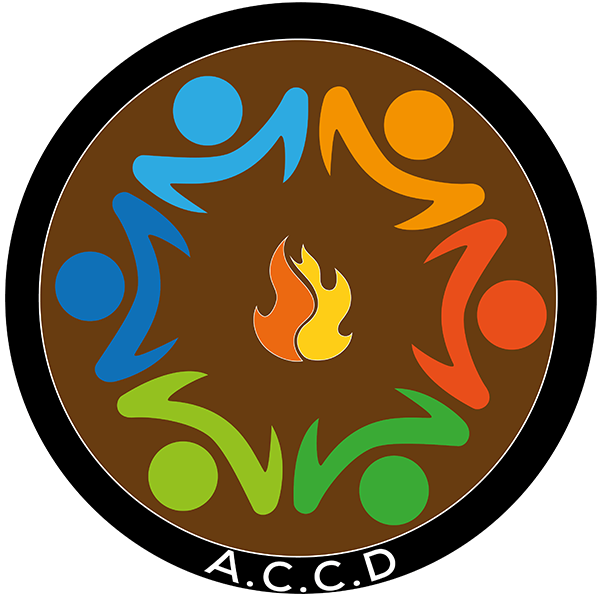KENYA

Name:
Geographic Location:
(in Kenya and Southern Ethiopia)
Size of territory:
(Approx 3,500,000 ha)
Number of communities:
Watta (wayyu), Dasenach, Corner tribes
Population:
(only of Gabbra people)
Language:

The Gabbra pastoralist community, which number around 141,200 people and inhabit the vast (35,000 sq km) semi-arid region of northern Kenya, share an intricate relationship with their land, environment and resources. They herd camels, cattle, sheep and goats over a harsh landscape encompassing lava boulder and salt covered deserts.
The Gabbra move over long distances in the search for water and pasture. They engage in elaborate pasture and water management systems, foster vital social responsibilities and practice intricate drought early warning systems. They utilize different ecological niches to form the backbone of their economy and as a source of livelihoods, social contracts, spiritual sacrifices, and identity.
The Gabbra have deep ecological knowledge of their territory, which helps them obtain materials for their portable huts, herbal medicine, plants for ceremonial occasions, tools, weapons, and, most importantly, to sustainably manage resources and survive.
Gabbra guardianship of vital ecosystems is based on customary tenure systems, local practices, livelihoods, knowledge, and procedures. It is grounded on mutual adaptation between culture and the environment. This interrelation between natural resources and livelihoods has been especially recognized for pastoralism. It is a key ecological factor for the growth and survival of large and diverse wildlife and hence the establishment of many National Parks in pastoral areas.
The Gabbra consider their way of life to be anchored on custom (aadaa) and law (seeraa). These two intertwined concepts are closely linked to the notions of peace (nagaya), wholeness (finna), and cosmic order. Finally, they underpin the principles and common code of ethical practice based on taboo, distance, and respect.
Images provided and used under permission by the Gabbra. Copyright belongs to its rightful owners.

© 2023 WAYFINDERS CIRCLE | All rights reserved